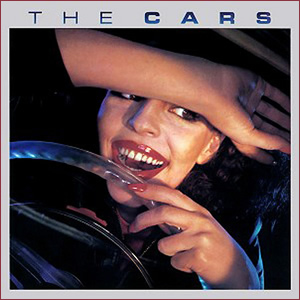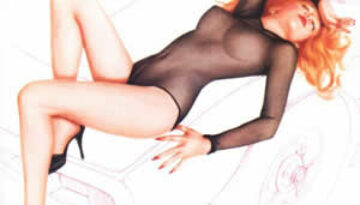Top 9 Rock Festivals
This week Classic Rock Review joins the celebration of the 45th Anniversary of the historic 1969 Woodstock Music Festival. In conjunction with Top 9 Lists, we present a list of the Top 9 […]

This week Classic Rock Review joins the celebration of the 45th Anniversary of the historic 1969 Woodstock Music Festival. In conjunction with Top 9 Lists, we present a list of the Top 9 […]

Buy The Cars Quite simply one of the best produced albums of the era, the 1978 self-titled debut album from The Cars was a unique sounding breakthrough which brought the group instant worldwide […]

Following up on a massively successful debut album is a daunting task. A group may want to build on their most successful musical elements while still leaving room to explore new directions. The […]